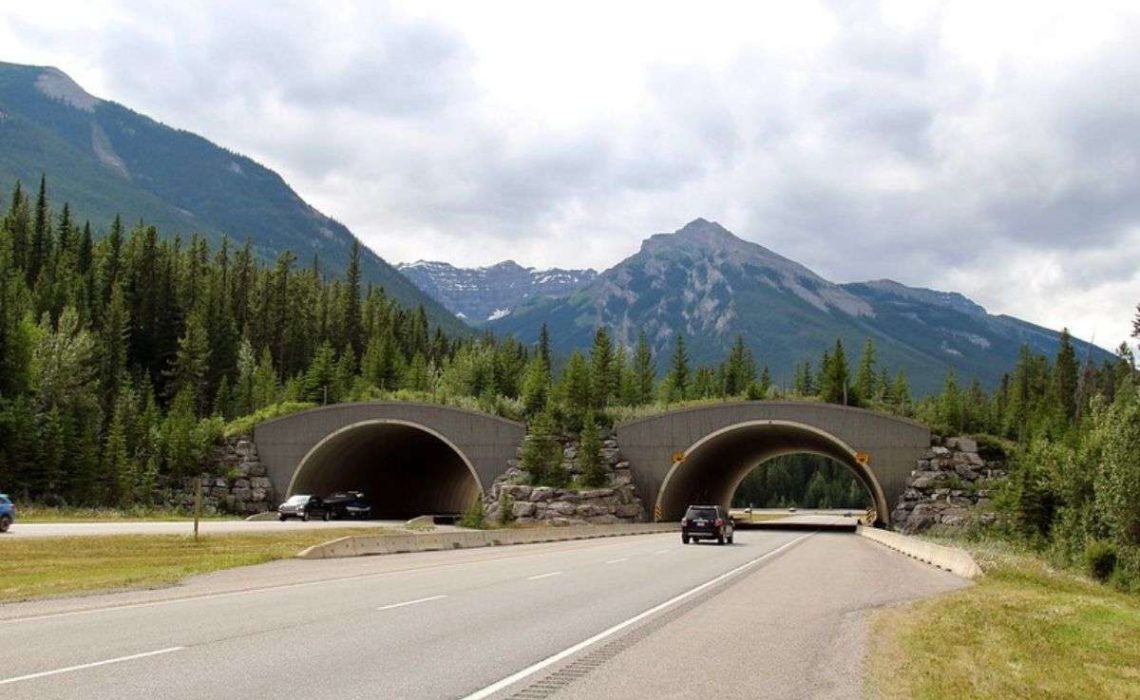Many of you have seen those green-covered overpasses stretching across highways to allow animals to safely cross from one side to another. That’s one version of an ecological corridor.
- An ecological corridor is a protected area of land or water in an urban space that’s designed to connect wildlife populations that would otherwise be separated due to human activity. One Earth
But far more than just being a cool animal overpass or pretty spot to relax, there are multiple benefits of ecological corridors in urban spaces:
Connect Natural Habitats
Animals naturally need and want to move between natural areas. These green belts help ensure they can do just that, which in turn preserves biodiversity and provides a refuge against habitat loss – a significant issue for many species.
Provide a Cool Space For People
Animals aren’t the only creatures who need to chill out sometimes—people also need to escape the heat. Eco corridors ensure that humans can get outside, even during hot summer months.
Create Additional Eco Travel Infrastructure
With personal electric transportation options increasing, providing complementary infrastructure is a must, and eco corridors can easily be purposed to serve as bike and scooter routes, too!
Dedicating portions of the area to be friendly for bikes and scooters enables users to use less-polluting transportation to move around town.
The Importance of Preservation
With increasing urbanization, it’s critical to ensure that animals, especially those that migrate, have safe spaces to move in. Preserving habitats in the form of linked green areas in urban spaces enables this:
- Allows plant and animal species to move and migrate safely between spaces
- Let biological processes occur without interruption (hunting, mating, pollinating, etc)
- Enable plants and animals to establish themselves – it’s a lot easier to build a nest or put down roots if you’re not being constantly run over or hit with frisbees
Ecological Corridors as Architecture
Protected green spaces can complement the built urban area from an aesthetic standpoint, too.
For example, a green overpass with native plants enables animals to safely pass over busy vehicle corridors, but it can also provide a beautiful visual break in the glass and concrete.
- It also permits humans (who are animals, too!) to walk, run, hike, or bike over to another area, helping all creatures get to where they need to go.
Ecological corridors don’t need to be dull or disruptive. When done right, they have the potential to improve the quality of life for both animals and residents alike for years to come! Check out the video below for a real-life example.

